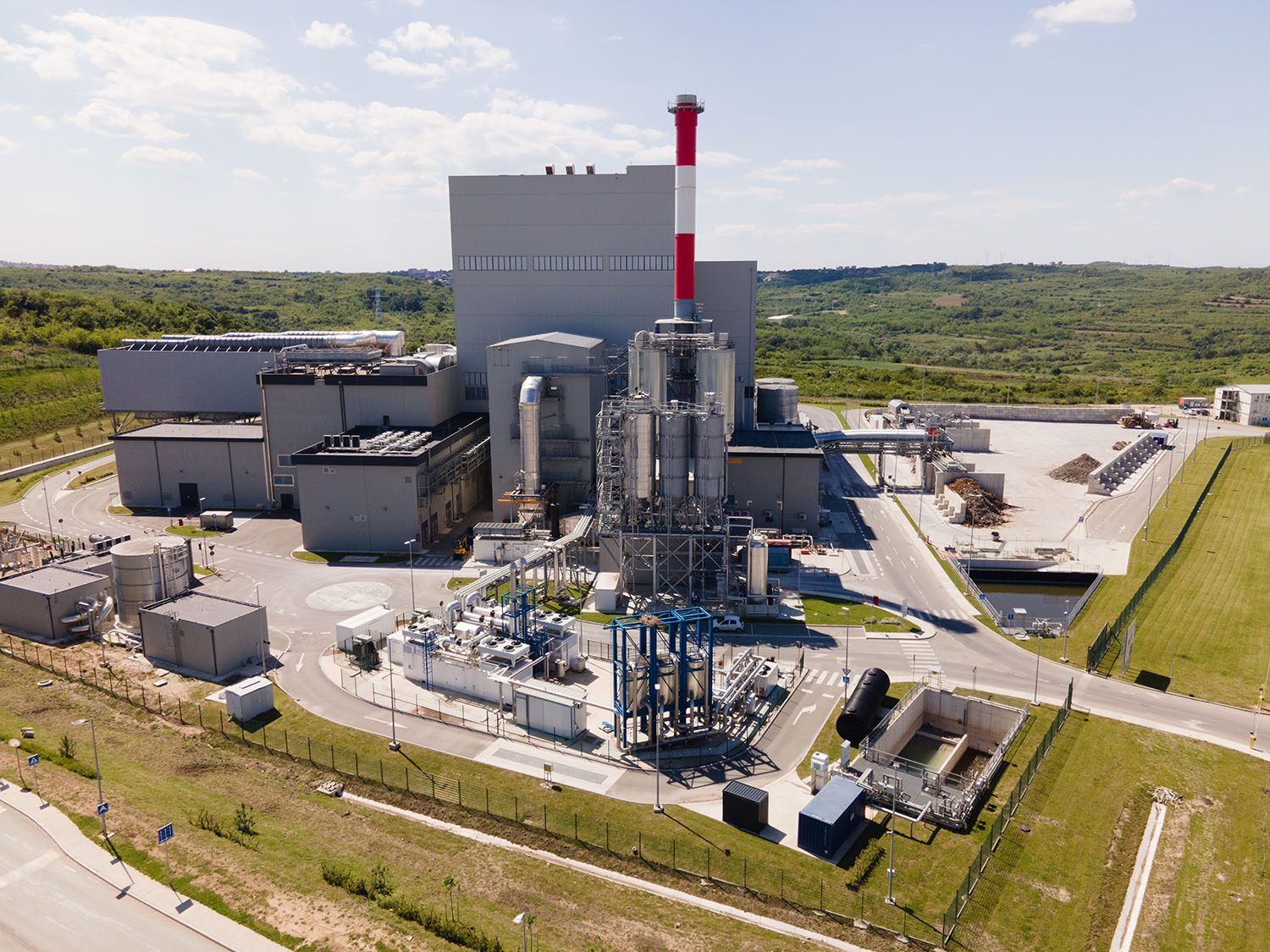Landfill gas is a natural byproduct of the decomposition of organic material in landfills. Landfill gas is composed of roughly 50 percent methane (the primary component of natural gas), 50 percent carbon dioxide (CO2) and a small amount of non-methane organic compounds. Methane is a potent greenhouse gas 28 to 36 times more effective than CO2 at trapping heat in the atmosphere over a 100-year period.
Landfill gas utilization is a process of gathering, processing, and treating the methane or another gas emitted from decomposing waste to produce electricity, heat, fuels, and various chemical compounds. After fossil fuels and agriculture, landfill gas is one of the largest human-generated source of methane emissions. Compared to CO2, methane is 25 times more potent as a greenhouse gas. It is important not only to control its emission but, where conditions allow, use it to generate energy, thus offsetting the contribution of two major sources of greenhouse gases towards climate change.
Instead of escaping into the air, Landfill gas can be captured, converted, and used as a renewable energy resource. Using Landfill gas helps to reduce odors and other hazards associated with landfill gas emissions, and prevents methane from migrating into the atmosphere and contributing to local smog and global climate change.
Landfill Gas Facility within the Belgrade Waste Management PPP Project includes 2 units, each producing 1.6 MW of power and total of 2.9 MWth of heat from landfill gas extracted from relevant landfills at the site (i.e. the old landfill and the new landfill for unprocessed residual municipal waste).
The main design elements of the collection system are as follows:
- New landfill: landfill gas wells are connected to the EfW platform treatment area via primary, secondary and tertiary network. The primary network is peripheral to the landfill. The tertiary and secondary networks are connected in the form of “fish bone” shape to redirect a portion of landfill gas condensate- flow into the wells;
- A condensate trap is located at the lowest point of the primary network in order to avoid the clogging of the landfill gas network;
- Old landfill: on the part of the landfill, landfill gas wells and the tertiary and secondary networks are buried under the landfill cover within a layer of fine material.
The landfill gas network will be installed on the surface of the old landfill. As landfill gas is water-saturated, condensates are formed in the piping. This network will be installed on the floor with appropriate slope to ensure condensates evacuation in condensate traps which are installed at the low levels of the network.
The landfill gas collection network consists of:
- landfill gas wells to collect landfill gas (10% to 15% of them are designed to collect leachate as well);
- pumps to extract out leachate from wells;
- landfill gas network piping;
- condensate traps on the landfill gas network.
This facility will generate both power and heat and will reduce and prevent uncontrolled emissions from the landfills.


